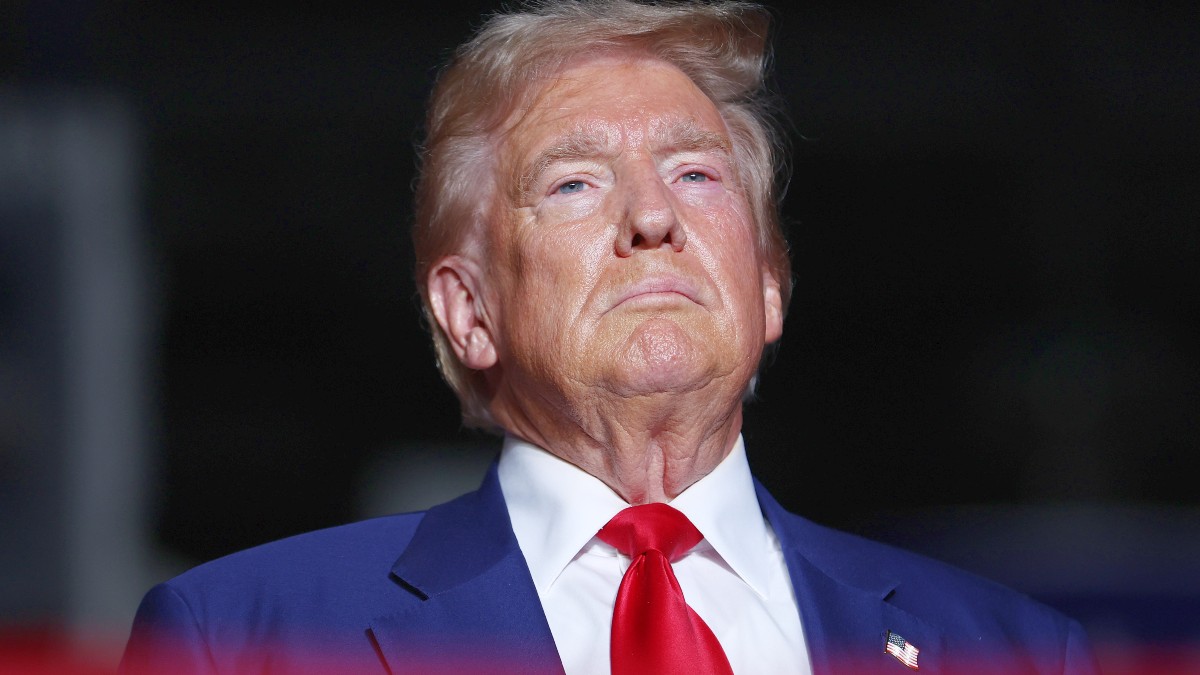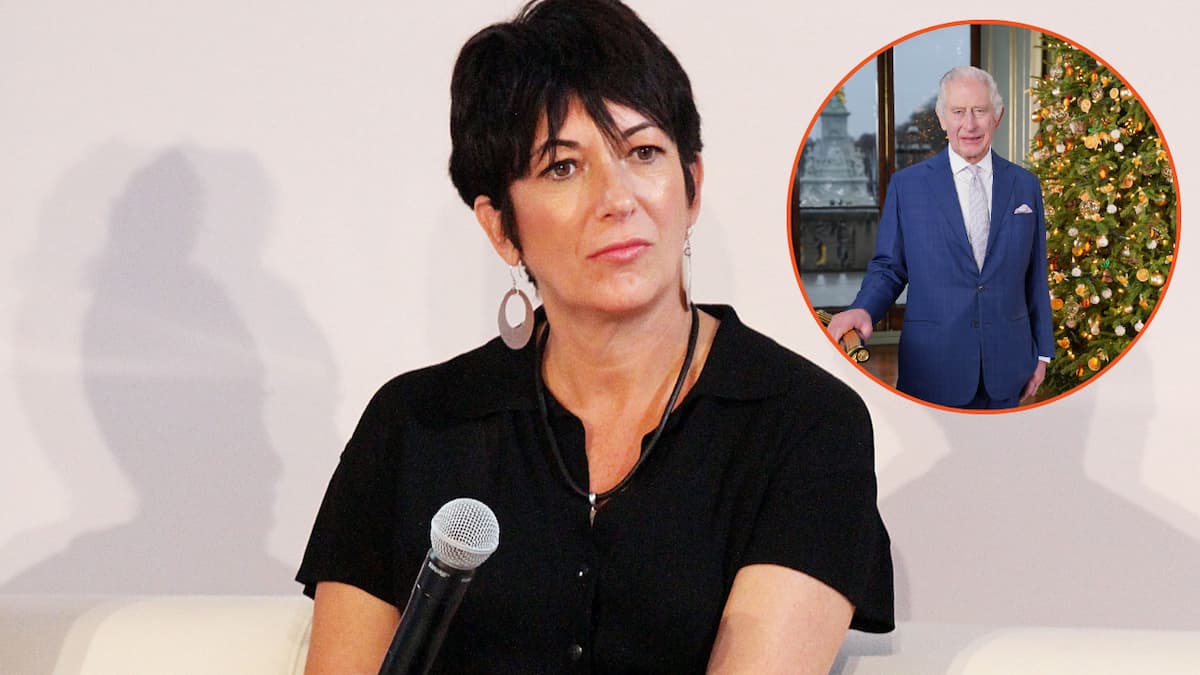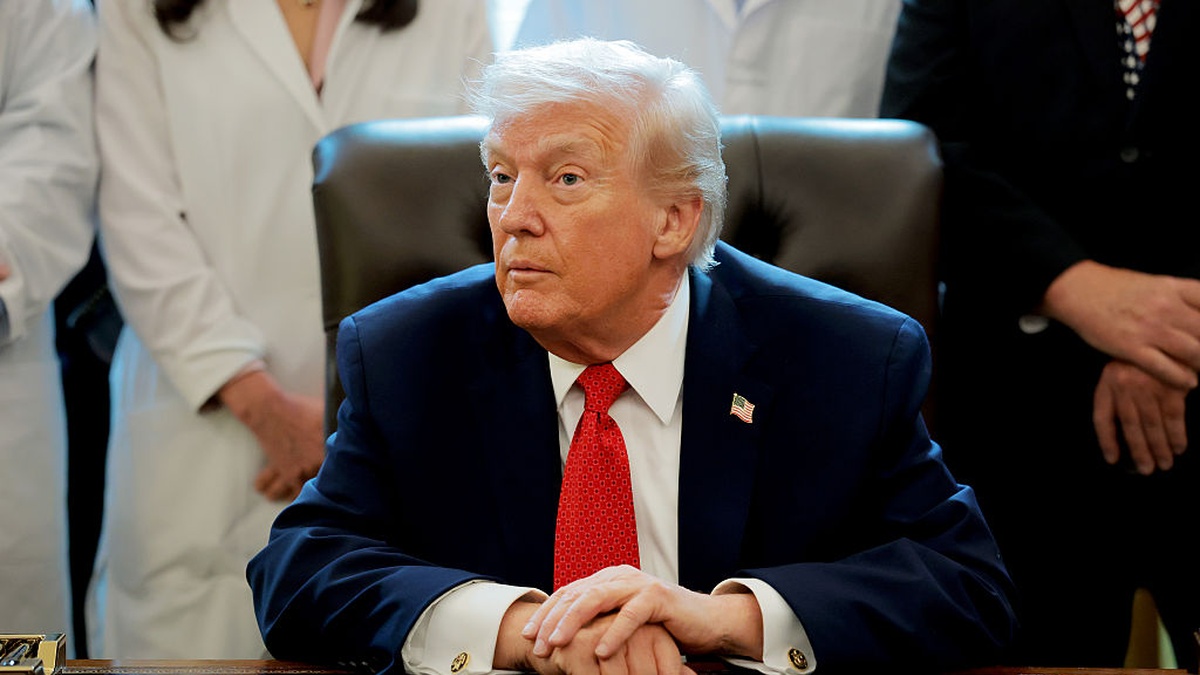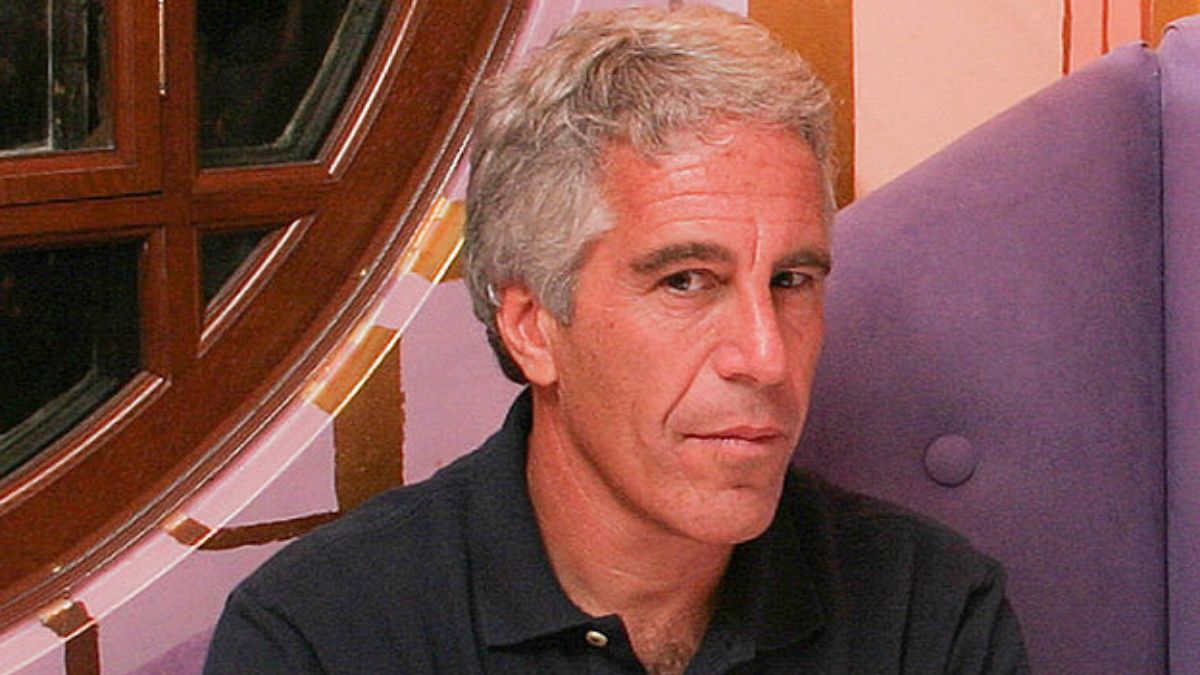Fear is undoubtedly a powerful weapon. It’s one of the strongest, most poisonous emotions, that serves to divide rather than unite. That is why it is often used, particularly by the Right, as a rhetorical and political strategy that, unfortunately, tends to yield fruits.
This is not a recent phenomenon. In their 1988 book, Manufacturing Consent: The Political Economy of the Mass Media, Noam Chomsky and Edward S. Herman discuss their propaganda model theory. Of the propaganda model’s five filters, one is precisely “fear ideology” which, in the second half of the 20th century, was mainly based on anti-communist rhetoric.
Donald Trump still employs anti-communist rhetoric – even though he has called Kamala Harris both a fascist and a communist which makes it sound like he doesn’t really know what either word means – but his rampant fear ideology strategy has, since his 2016 presidential campaign, mainly focused on immigrants, reinforcing amongst his supporters that it’s “us against them,” or even, that it’s “us or them.”
Knowing the way he has been referring to migrants for years, it is evident that the Republican nominee does not see them as people. Well, it would go without saying but the 78-year-old former president decided to nevertheless speak his thoughts out loud. As much as Trump tends to lie, we do on occasion get slivers of truth straight from his big mouth.
Who is it that needs to tone down the rhetoric?
In early April, Trump traveled to Michigan, and during a speech, he called immigrants who may be in the country illegally “animals.” To contextualize, the former president said this while referring to criminal cases. His strategy was to dub this phenomenon – that he wants us to believe is far more rampant than it actually is because it suits his agenda – “Biden’s Border Bloodbath.”
Some Trump supporters defend his use of the word “animals,” saying he was only referring to criminals and murderers, however, the consequences of his words expand to all immigrants and he knows this. It demonizes everyone coming to America to try to build a better life, particularly those from less developed countries since racism is more flagrant against them.
On Sept. 18, 2024, Trump wrote on Truth Social: “I called this four years ago, and it’s only going to get worse – unless I’m elected, in which case this Migrant problem will go away, FAST!”
For Trump, this is a “migrant problem” that includes all migrants. At the end of the day, judging by his persistently degrading rhetoric, it truly does not matter if or when he referred to immigrants as “animals.” The result is the same: All migrants become villains, the dehumanized “other” for whom people stop feeling the tiniest ounce of empathy. After all, they are not humans, they are not “us,” so why waste one’s sympathy?
Even for people who didn’t watch the Sept. 10 debate, many became aware of Trump’s absurd claim that Haitians in Springfield are having three-course meals consisting of people’s pets. There are no lengths this out-of-touch billionaire will not go to use fear and anger to mobilize voters and gain the presidency. He recently announced he would be going to both Springfield and Aurora, adding that, as a result of his visit his supporters “may never see him again.” The implications are clear.
As a result of these claims, Haitians in Ohio have been experiencing harassment, some are even afraid to leave the safety of their homes. Two elementary schools in Springfield have had to be evacuated due to threats of violence. Similar threats were sent to Wittenberg University and two of the town’s hospitals. And yet, Republicans have declared with their full chests that it’s Democrats who need to tone down the rhetoric because it’s leading to violent outcomes while turning a willful blind eye to the repercussions of their own words.
Discussing at length the consequences of fear as a political weapon, American philosopher Martha Nussbaum said in her book she wrote in the aftermath of the 2016 election, “This type of amorphous fear, generated in a climate of ignorance and fed by imprecise and alarmist rhetoric, is the enemy of any sane dialogue about our future.”
Is this the kind of ideology — one that ostracizes and divides rather than harmonizes and unites — that will lead to better outcomes during the next four years? Is this what’s going to “Make America Great Again” — intolerance, hate, and fear rather than proactive cooperation and care for one another? Is it “Love thy neighbor” only when thy neighbor is an American citizen?
If this is not the United States you want to live in, please remember to register to vote and show up on Nov. 5, 2024.

















Published: Sep 19, 2024 07:12 am